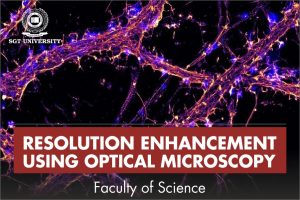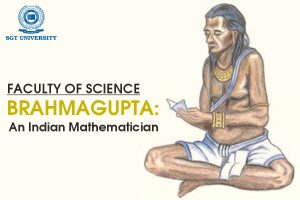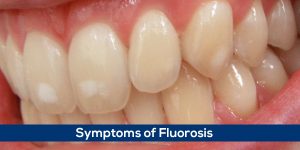Accidentally burnt documents or those intentionally destroyed via a medium of arson are called charred documents. When the authenticity of such documents is in question or written content is not readable, such documents are called questioned documents.
Handling and forwarding the charred document to Forensic Science Laboratory
The burnt documents become brittle due to excessive dryness and thus require careful handling and preservation before analysis.
Careful handling is required so that the charred document remains intact during transportation from the crime scene to the forensic science laboratory for decipherment of written content and analysis of the document’s authenticity.
The careful handling of the charred document includes placing the document between layers of tissue or loose cotton, and no attempt must be made to fold or unfold the charred document.
Hardening spray like 3% solution of polyvinyl acetate in acetone or methyl metha acrylate (commercially known as Bedacyl ICI 40%) can be used for hardening the paper and also to smoothen the curls and twists of paper.
Also Read: Ultrasound – A Future Tool for Triggering Brain and Heart Cells
The solution forms a transparent sticky layer on the charred document that aids in the strengthening of the document. To provide moisture to charred documents, place them in a humidified room for a while.
Restoration & decipherment of charred documents
The curled edges would be straightened as a result of the humidity treatment. The fragments of paper would acquire weight and reduce brittleness due to this treatment, and they could now be put on the glass plate for analysis.
Decipherment techniques
- Photography with filters, in some instances, the colour of inks may be related in such a way that filters/lighting can decipher the writings in the charred pieces.
- Infrared light photography – the charred documents are illuminated to infra-red light and photographed using infra-red filters over the camera lens on the infrared films.
- Exposure of photographic emulsion by contact with charred documents/ pieces – The charred document is left in contact with the photographic sensitized emulsion. Two sensitized plates are used to keep the documents inside the plates. High-speed emulsion plates should be used in cases. These plates are held together in a frame, and the document is kept in contact for at least two weeks or more, and then the plates are developed, fixed and processed.
- Alcoholglycerin emersion method – In this process, a solution comprises two parts of water, five parts of alcohol and three parts of glycerin in a processing pan. The charred pieces are placed on the top of the solution in a pan, and reading/ photography is made during various stages of absorption of the solution until it finally sinks below the surface.
- Silver nitrate method in a room – It has been observed that this method is more applicable where the papers have been sintered at a high temperature in the virtual absence of air, as might happen in the filing cabinet of safety box lockers. In such cases, the carbonized sheet is placed on a glass or enamelled plate, and a 5% aqueous solution of silver nitrate ( AgNo3) is poured on it. In such cases, the writing appears as a black image against a grey background, then photographed. The test may be carried out in the dark as AgNo3 decomposes in sunlight.
- Chloralhydrate method – This method is applied to develop the printed matter on charred documents. The burnt/ charred paper is immersed in a solution containing 25 gms of chloral hydrate in 125 ml of ethyl alcohol, taken out immediately, and then dried at 600c. The procedure is repeated several times until a mass of chloral hydrate crystals forms on the surface of the document. Then the final emulsion is made in a similar solution to which 13 ml of glycerine is added and then dried at 600c, and both sides of the papers are examined to note the writings or printing which develops. Process films are employed to photograph any writing or printing developed in this way.
Conclusion
The problem of restoration and decipherment of charred documents is very infrequent, yet it is essential and challenging for a document examiner. The job of resuscitation of charred documents is very tedious, and success in such cases depends considerably on the ability and experience of the document examiner.
Also Read: Pursue a career in Science with a degree from SGT University!
The Faculty of Science, SGT University, is one of the best colleges in Delhi NCR for science courses. The faculty has five departments: Department of Physics, Department of Chemistry, Department of Mathematics, Department of Forensic Science, and Department of Environmental Science. The Faculty of Science offers 12 courses – 2 Undergraduate, 5 Post Graduate, and 5 PhDs.
Written By:-
Ms. Megha Walia
Assistant Professor
Department of Forensic Science
Faculty of Science
SGT University




